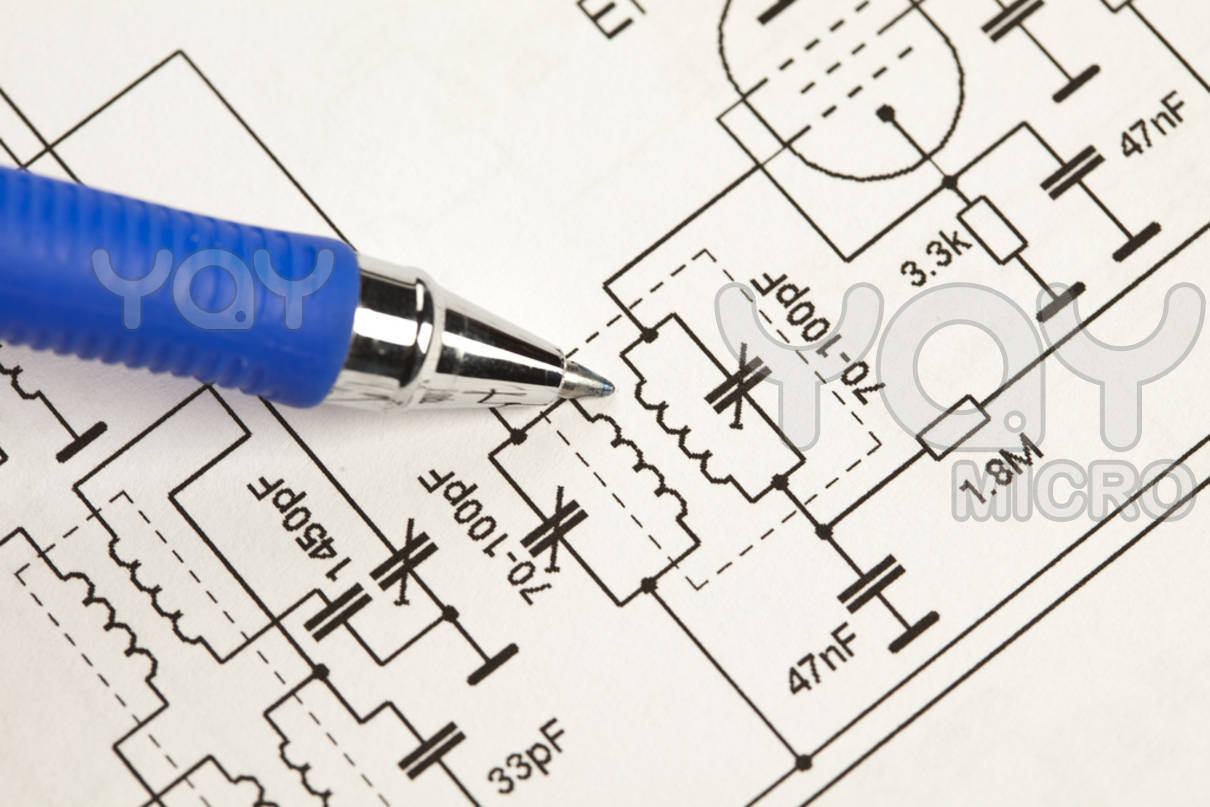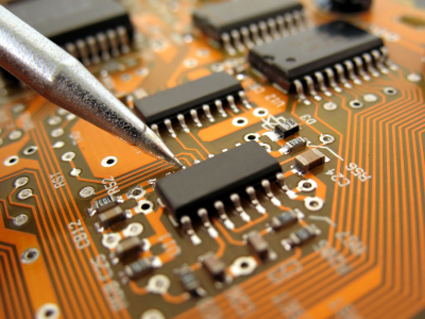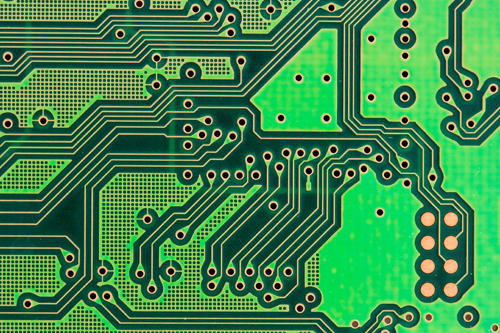 Split Charge Relay schematic:
Split Charge Relay schematic:|
Page last updated: 12/10/2012 |
Split Charge Relay
Design
Simple design using readily available components.
Easy to build and set up.
Light weight suitable for portable operation.
A small and compact design.
Circuit description:
Occasionally it may be found necessary to fit an auxiliary battery to a motor vehicle, for example to power communications equipment. There is little more frustrating than running a mobile radio station, or providing backup power during a mains power cut from an inverter overnight and coming to start the vehicle at the end of the event only to find the battery hasn't enough power left to start the engine. Simply having two batteries in parallel still presents the same problem, the auxiliary battery must be isolated from the vehicle starting battery once the charging system has shut down, this is where the split charge relay comes in.
This circuit takes two incoming feeds, one from the vehicle starting battery and the other from the ignition system, there is then a single output feeding the auxiliary battery. When the ignition is on, and the vehicle starting battery voltage exceeds 13.6v the relay closes allowing the auxiliary battery to take charge from the vehicles charging system via the starting battery. Note the ignition feed is only used sense the ignition status, the primary power source is the vehicle starting battery.
IC1 takes its power from the ignition feed, the vehicle battery voltage is also sensed from the ignition feed via resistor divider chain R3,R4,R5 and buffered by IC1a. IC1b compares the divided buffered ignition feed voltage on pin 3 and the stabilised voltage reference derived from R1, D1, C1 (4.7volts) on pin 2. If the voltage on pin 3 of IC1b is greater than the reference of pin 2 of IC1b then pin 1 of IC1b will rise to the supply voltage turning on transistor Q1 and hence relay K1, thus connecting B+ the vehicle starting battery to B2 the auxiliary battery.
The exact point at which the relay switches can be fine adjusted by R3, and should be set to connect the auxiliary battery to the vehicle starting battery at 13.6 volts. Please note that at rest a fully charged car battery will be at a nominal 12 volts rising to 13.8 volts whilst float charged, and 14.2 volts if boost charged. Most vehicle charging systems charge in boost mode, I have come across some that initially chare in boost and then drop back to float but they seem to be somewhat rare. However this is why I set the switching point to 13.6 volts, once charging stops the vehicle battery will soon drop to 12 volts even under no load conditions, therefore at 13.6 volts we can be sure the charging system is running be it in boost or float mode.
This circuit can easily be adapted for use with 24 volt systems too, by simply changing the switching point to 27.2 volts, and substituting a 24v relay for the original 12v relay.
 Split Charge Relay component placement / layout:
Split Charge Relay component placement / layout:
 Split Charge
Relay PCB bottom trace:
Split Charge
Relay PCB bottom trace:
Original Files:
Further to the details of the pages above - the original CAD files created using EAGLE PCB Design software are included below, along with associated PDF files of both schematics and PCB layouts suitable for printing directly.
To use the original CAD files, they must be opened with EAGLE. Visit the CADsoft web site for more details, the software (including a freeware version), part libraries, tutorials, for EAGLE are available.
Split Charge Relay schematic PDF
Split Charge Relay PCB component layout PDF
Split Charge Relay PCB bottom track layout PDF
Split Charge Relay EAGLE schematic
Split Charge Relay EAGLE board